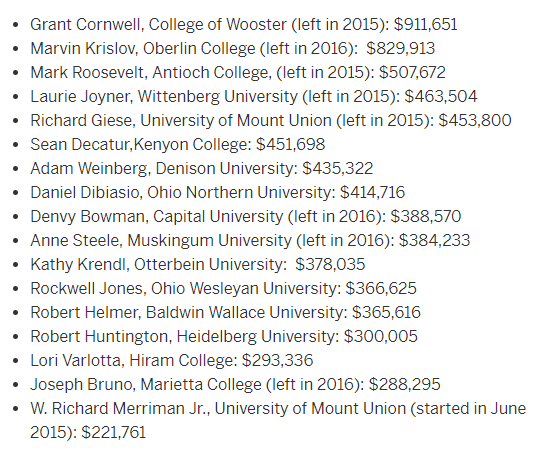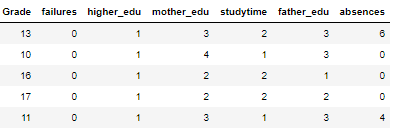A Complete Machine Learning Project Walk Through In Python Part Two

Model Selection, Hyperparameter Tuning, and Evaluation
Assembling all the machine learning pieces needed to solve a problem can be a daunting task. In this series of articles, we are walking through implementing a machine learning workflow using a real-world dataset to see how the individual techniques come together.
In the first post, we cleaned and structured the data, performed an exploratory data analysis, developed a set of features to use in our model, and established a baseline against which we can measure performance. In this article, we will look at how to implement and compare several machine learning models in Python, perform hyperparameter tuning to optimize the best model, and evaluate the final model on the test set.
The full code for this project is on GitHub and the second notebook corresponding to this article is here. Feel free to use, share, and modify the code in any way you want!





